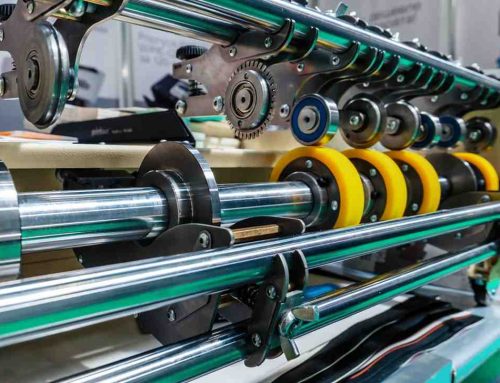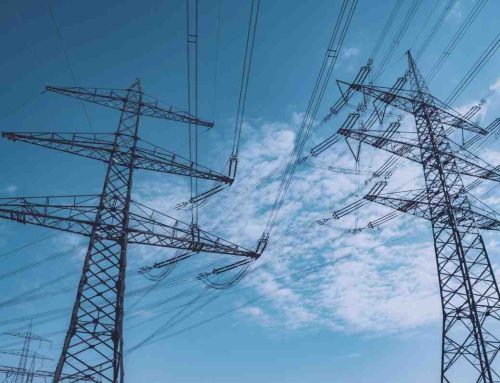Rubber gasket sealants do a lot of heavy lifting in the industry, providing outstanding sealing solutions for various applications. Accordingly, they create substantial barriers against humidity, air, dust, and other environmental factors – with the bonus that these barriers can be made elastic enough to serve multiple purposes. Additionally, rubber gasket sealants earn their place in various industries by stopping leaks, protecting structures, and ensuring equipment runs smoothly. This article shows their effective use cases across industries.
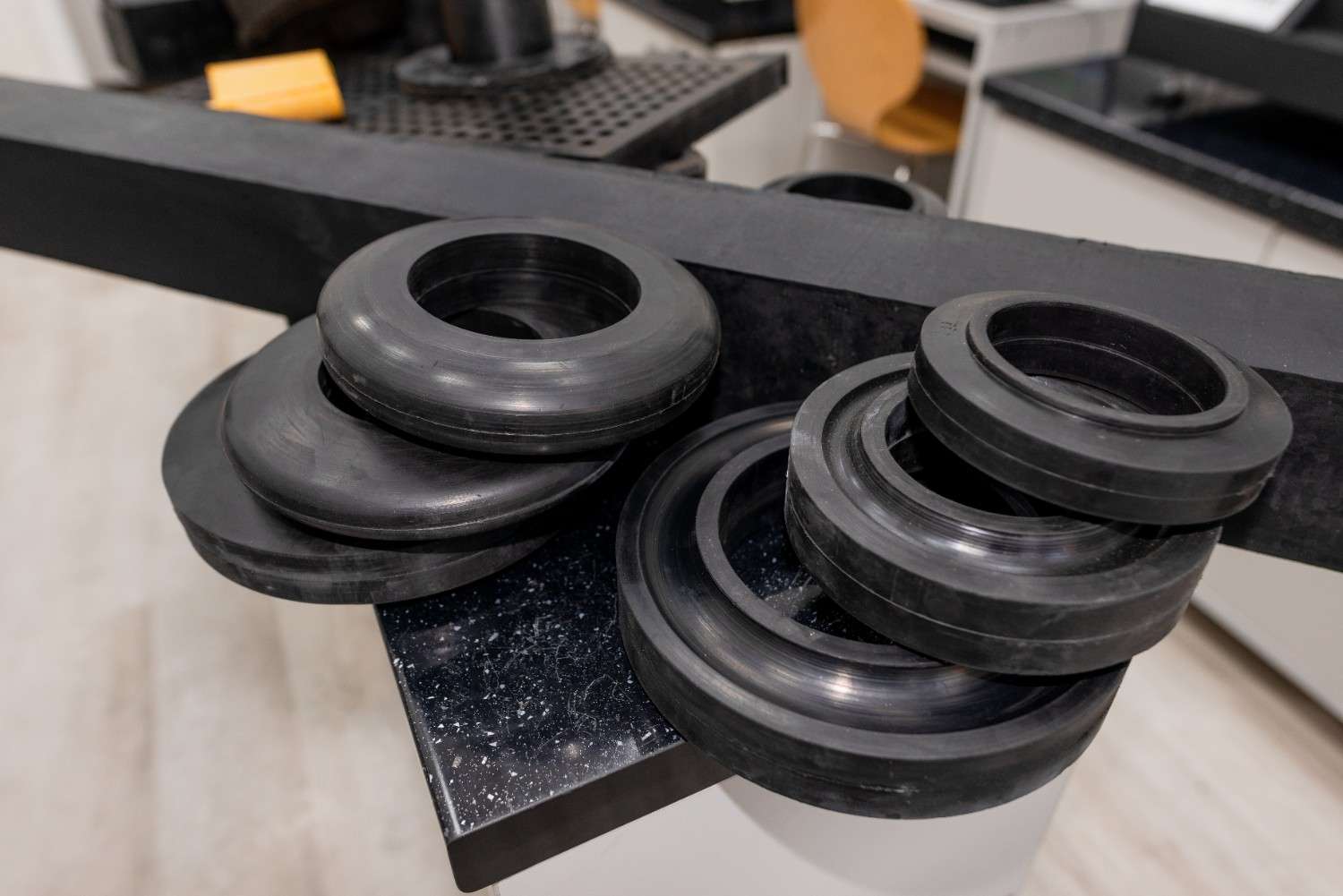
Integral Applications, Properties, and How to Choose The Best Rubber Sealant
Where these simple components can find use cases and what properties they provide to know how to choose the most suitable for your purpose.
Applications
Let’s see what are the most common use cases and how industries benefit from the different properties of rubber sealants.
- Construction: Silicone and polyurethane sealants are most common for sealing windows, doors, cladding panels, and building expansion joints. Butyl rubber (isobutylene isoprene) and EPDM rubber (ethylene propylene diene monomer) excel at waterproofing roofs, basements, and foundations – settings needing serious water resistance.
- Automotive: Neoprene rubber sealants are mainly used to weatherproof electrical connections, seal engine compartments so the oil doesn’t leak out, as well as act as door and window seals.
- Marine: When it comes to resistance against saltwater (as well as oil/grease), neoprene rubber sealants tick that box better than most – which is why they’re found on boats and polyurethane ones.
- Electrical: Silicone rubber sealants provide great insulation plus resist water vapor, making them ideal for sealing electrical components/compartments.HVAC systems: If you want to stop warm or cool air leaking, neoprene is good, but polyurethane or silicone rubber sealants are better because they don’t last longer over time due to UV light exposure which there tends to be lots of on rooftops where many large heating/cooling units are kept.
- Plumbing pipes: Whether it’s something you’ll find under a kitchen sink at home or on an industrial site, joints need to remain watertight – hence the extensive use of butyl as well silicone here.
Key Properties of Rubber Gasket Sealants
- Flexibility: The ability of a rubber gasket sealant to move with (and return to) its original position if stretched without tearing apart—think of old-fashioned putty when you open or close a wooden window. It is good to note that Polyurethane-based products perform particularly well which is why experts often recommend them. Tasks involve materials expanding and contracting because of high heat, such as concrete paving slabs on top of buildings.
- Adhesion: Silicone sealants are great because they stick well to glass, metal, wood, and concrete. They are perfect for applications such as windows or fish tanks.
- Durability & Weathering: EPDM sealants excel in standing up against the weather and lasting a long time overall, hence why they’re often used outside on buildings for things such as roofing or guttering. Moreover, if you want something that will stop water from getting through, that’s what a sealant does by forming a watertight barrier. Butyl rubber types are good at this and are often used to make waterproof seals around pipes, etc.
How do you know which rubber gasket sealant is right for the job?
It would help if you considered – What you would use it for – different jobs may need a product with specific properties like flexibility, adhesion, or resistance to certain chemicals/conditions.
- The surfaces you’re sealing: some products work better on certain materials than others.
- Environmental factors: Is the substance exposed to extreme heat or cold regularly? What about UV rays from the sun or wet conditions/moisture levels? Does it come into contact with any chemicals?
- Stationary sealing area: Whether the sealed area moves at all (like parts vibrating in machinery) – if this is the case, you’ll require an extremely flexible compound such as polyurethane.
Once you understand more about where these versatile items can be applied along with their strengths plus how to select the most appropriate type — considering all aspects involved – your choice will ensure results perform well over an extended period; exactly what’s needed. If you are interested more, You can explore our range of products for different industries: Mine Tech, Auto Tech, Ergo Tech, Roller Tech, Food Tech.
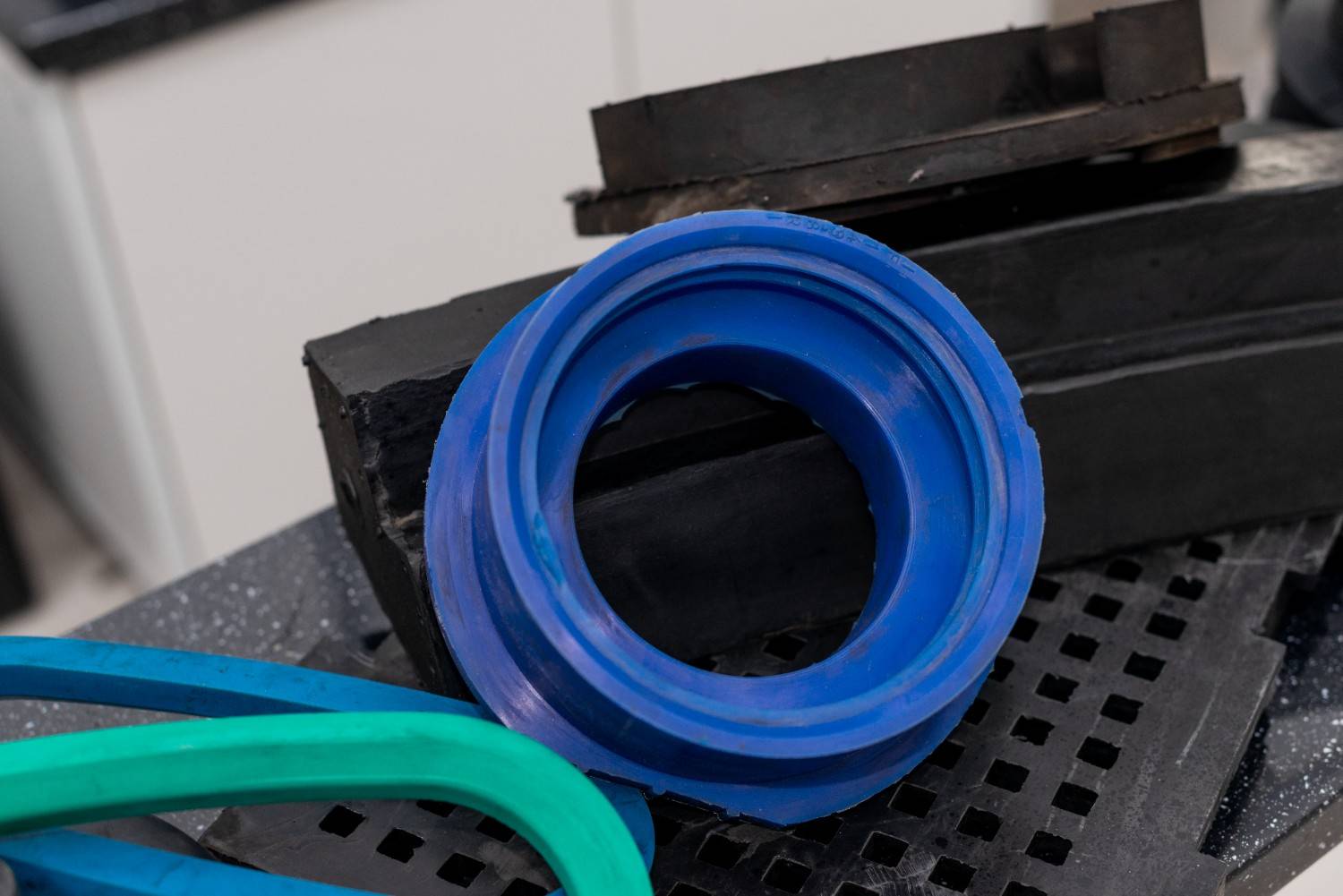
Types of Rubber Gasket Sealants
Rubber gasket sealants come in many varieties, each designed for specific requirements. In the proceeding, we take a closer look at some common ones.
Silicone Rubber Sealants: Extreme Heat Protectors
As far as rubber-based sealants go, silicone ones have top marks because of their ability to resist both high temperatures and bad weather, meaning they have almost endless uses! Their exceptional characteristics include:
- Withstanding Extreme Heat: Silicone rubber sealants don’t lose their sealing properties even when temperatures soar past 200°C–sometimes way past. Some can handle up to 300°C+! This is why they’re found in car engines, industrial ovens, and solar panels with such regularity.
- Weathering: Not many things like blazing sunshine, lashings of rain, and freezing temperatures can do harm. Nor being blasted with UV rays or ozone. Silicone rubber sealants aren’t fazed by any of these, making them perfect for outdoor use – they last just as long as an indoor sealant.
- Where To Use Them: If you need to make a seal that will go the distance, look no further than silicone rubber sealants. Furthermore, they’re used in construction and other industries, electronics, cars, and planes rely on them.
Polyurethane Rubber Sealants: Best for Adhesion and Flexibility
Polyurethane rubber sealants combine flexibility with strong adhesive properties to provide robust sealing solutions for joints, gaps, or cracks between different substrates. In the following, let’s see why they stand out.
- Adheres strongly: Once cured, polyurethane rubber adhesives stick well to materials ranging from concrete to wood, metal, plastics, and glass. The bonds they form are resistant against both mechanical strains, meaning your seal won’t break apart easily even if it gets wet or comes into contact with chemicals.
- Stays flexible: Unlike some other varieties, upon curing, remain flexible. This means it can move along with whatever substrate it adhered to without losing grip and becoming brittle enough to break away – often making them ideal choices for use in structures like buildings, bridges, and highways (all of which may undergo periods of intense vibration).
- Applications: Polyurethane rubber sealants are widely used in the construction, automotive, marine, and aerospace industries to seal joints, concrete cracks, roofing seams, window frames – anywhere that needs to be waterproofed & requires durability.
Neoprene Rubber Sealants: Chemical Resistance to Max
Neoprene rubber sealants are valued for their oil and chemical resistance, making them ideal for industrial sealing applications where exposure to harsh environments is expected. Here are their unique attributes:
- Oil and Chemical Resistance: Neoprene rubber sealants are highly resistant to oils, fuels, solvents, acids, and alkalis, making them suitable for sealing joints and connections in machinery, pipelines, tanks, and other equipment exposed to corrosive materials.
- Applications: Due to their oil and chemical resistance, neoprene rubber sealants are widely used in the automotive, marine, petrochemical, and manufacturing industries. They are commonly used in engine gaskets, gas systems, hydraulic structures, sealing tapes, and industrial hoses.
Butyl Rubber Sealant: Waterproofing Champion
The Waterproofing champion, Butyl rubber sealant is recognized for its excellent waterproofing properties and flexibility. They are typically used in roofing, HVAC systems, and automotive applications because they create long-lasting, watertight seals.
- Waterproofing: Butyl rubber sealants showcase superior capability – which never diminishes over time – at keeping water out; hence, their common use in sealing joints on roofs (as well as gaps or seams in membranes), around windows/doors, etc.
- Flexibility: With butyl remaining flexible over a wide temperature range, there is no worry about whether it will lose this quality – even after many years.
EPDM Rubber Sealants: Outdoor Factors Resistor
EPDM (Ethylene Propylene Diene Monomer) rubber sealants provide excellent weather resistance and UV stability. They are commonly used outdoors, where extended exposure to sunlight and harsh weather conditions is expected.
- Weather Resistance: EPDM rubber sealants stay strong against ozone (which can break down lesser materials), UV rays (which might otherwise cause cracking/fading), plus intense heat.
- Longevity: As well as providing effective barriers against water ingress (and related environmental problems), EPDM rubber maintains its elasticity and overall ‘good condition,’ meaning users can trust these products do exactly what they’re supposed to for years without needing replacements.
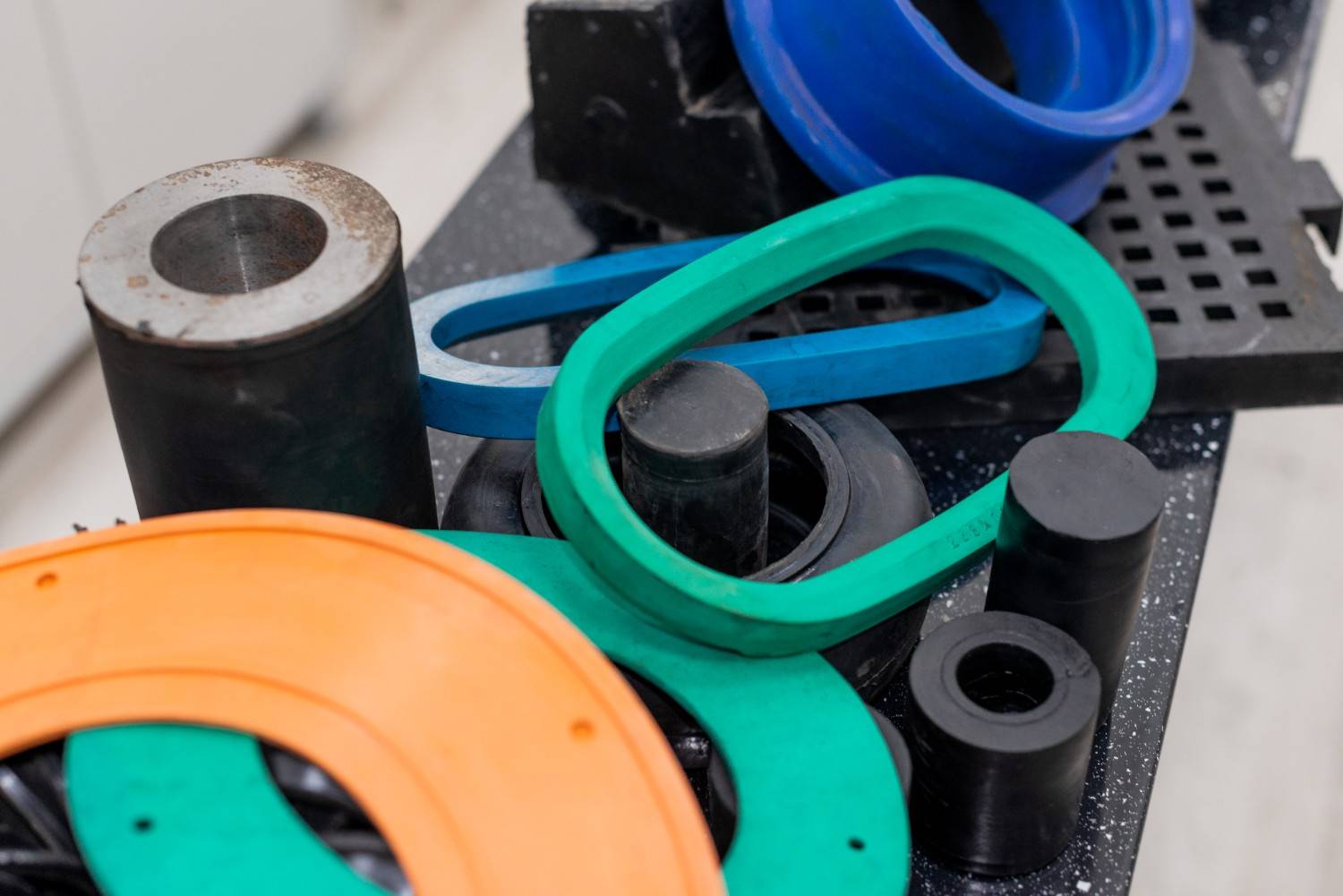
Overview of Rubber Gasket Sealants Use Cases and Properties
| Type | Industries | Typical Usage | Temperature Resistance | Pressure Resistance (MPa) | Chemical Resistance | UV Stability | Waterproofing | Adhesion & Flexibility | Cost-Effectiveness | Ease of Application | Fire Resistance | Durability |
| Silicone | Automotive, Aerospace, Electronics, Construction | Sealing joints, gaskets, and connections in high-temperature and outdoor applications | -60°C to 300°C+ | 10 | Excellent | Excellent | Excellent | Excellent | Moderate | Easy | Fair | High |
| Polyurethane | Construction, Automotive, Marine | Sealing joints, cracks, and gaps requiring flexibility and adhesion | -40°C to 200°C | 15-30 | Good | Fair | Good | Good | Moderate | Moderate | Good | Moderate |
| Neoprene | Automotive, Marine, Manufacturing | Sealing applications requiring oil and chemical resistance | -50°C to 120°C | 17 | Excellent | Good | Good | Excellent | High | Easy | Good | High |
| Butyl | Construction, Automotive, HVAC | Waterproofing and sealing applications requiring durability | -40°C to 130°C | 10 | Fair | Excellent | Excellent | Good | High | Easy | Fair | High |
| EPDM | Construction, Automotive, Manufacturing | Outdoor sealing applications requiring weather resistance | -50°C to 150°C | 10 | Good | Excellent | Not specified | Not specified | High | Easy | Good | High |
Understanding the characteristics of these rubber gasket sealants is essential for selecting the right product for specific sealing needs, ensuring Durability and reliability in various environments.
Advantages of Rubber Gasket Sealant Products
Rubber sealants are irreplaceable solutions for sealing needs in many industries. Here’s why they’re so useful:
- Lots of Different Types for Lots of Different Purposes: There are many formulations to choose from, each tailored to a specific type of sealing—like the kind you need to be done. If you’re working with high temperatures (say, on an oven door in a restaurant), silicone rubber sealants can take the heat better than anything else.
- Used Across Industries: Whether you’re building something, working with cars or planes, or making products in a factory, there’s probably a call for rubber sealant. It does a good job of filling seams and gaps between materials, helping keep out both liquids and gases (such as air) and protecting them from daily wear and tear. A lot of different businesses rely on this sort of product. How long they last is often brought up when discussing rubber sealants’ strong points—especially seeing as some can cope with pretty extreme conditions.
- Extreme properties and functions: They don’t break down nearly as fast when exposed to things such as water, chemicals, temperature swings, or radiation from the sun as other types might. This matters because it means whatever item being sealed stays protected properly– be that an entire building’s windows/doors needing new weatherproofing against drafts/humidity, electronic circuits inside car engines requiring fresh protection against rainwater entering compartments, and lots more!
- Resistance plus Resilience equals Durability: If we talk about rubber sealant products’ durability, expect them to perform well over long periods–even if placed within harsh environmental settings. Moreover, these items do not degrade easily when hit by UV rays (from the sun), dampness (rain/humidity), or chemicals (affecting those nearby), nor does their effectiveness diminish greatly following fluctuations in hotness/coldness.
- Easy Installation: One of the main advantages of rubber sealant products is that they are easy to apply. This makes them very convenient for sealing gaps or joints, which might be needed in various situations. Furthermore, there are lots of ways you can use this type of product and there is minimal surface preparation during installation.
Conclusion
In conclusion, rubber gasket sealant products are vital in multiple industries because of their versatility, durability, and ease of use. Whether it is silicone, neoprene, or polyurethane; there are many types available for many sealing requirements so that things remain safe and efficient! With new uses constantly being discovered as technology progresses (think about how much we now rely upon solar panels), it’s no wonder why more research and development money keeps pouring into this area each year. The rubber-based technology advancements are inevitable and escalating at a rapid pace. Follow our news section for the latest news and updates. If production line and conveyor belts are your cup of tea, we suggest that you read our in-depth article on Conveyor Belt Maintenance Tips: Maximizing Efficiency & Lifespan and discover the best practices for improved efficiency and lifespan. Don’t hesitate any longer especially if we have not answered certain questions you can directly contact our expert team and get precise information and a quote.
